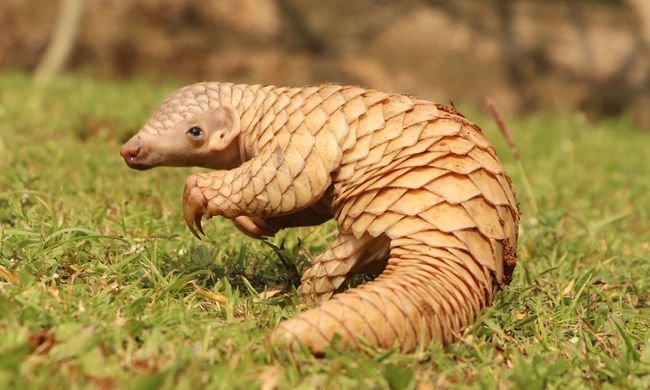
Now, you might be wondering, what makes the Indian pangolin’s parenting style so unique? Well, let me explain. These creatures not only have an unusual appearance, but their nurturing methods are equally intriguing. From their birthing process to the way they teach their young to forage, there’s a lot to unpack. So, grab a cup of coffee, and let’s dive into the extraordinary world of how Indian pangolins raise their young in the wild.
The Life Cycle of Indian Pangolins
To understand how Indian pangolins raise their young, we first need to take a look at their life cycle. Generally, pangolins have a solitary lifestyle, which means they spend most of their time alone. When it comes to mating, however, things change. The mating season typically occurs during the warm months following the monsoon. After a gestation period of around 70 to 100 days, a mother pangolin gives birth to one or two babies.
You might find it interesting that pangolin mothers often give birth while in a burrow or a protected spot, which is great for safety. After birth, the pangolin babies are born blind, hairless, and completely dependent on their mom. It’s like bringing a newborn baby into the world, where every moment matters and every choice counts. The mother’s instinct kicks in right away, and she’s focused on keeping her little ones safe and nourished.
Initial Caring and Nourishment
Once the pangolin babies arrive, their mother’s sole focus becomes caring for them. For the first few weeks, she will stay in close quarters with her little ones. They depend entirely on her for nourishment. Now, here’s the thing: pangolins are insectivores, meaning their diet mainly consists of ants and termites. While the mother pangolin is feeding, she will stay near the burrow to ensure her young are safe.
After about two weeks, the babies start to open their eyes and become more aware of their surroundings. At this stage, the mother begins to introduce them to solid food, as they will eventually need to learn how to forage on their own. Picture a devoted mom gently coaxing her kids to try a new food. It’s a crucial step in their journey to independence.
Learning Survival Skills
As the weeks progress, pangolin babies become more adventurous. They follow their mom around, observing every move she makes. Honestly, this is a beautiful sight. The little ones learn how to dig into ant hills and use their long tongues to extract insects, just like their mother. She acts as their teacher, guiding them through the process of foraging for food.
This teaching moment is key for their survival. The skills they learn from their mom will be used throughout their lives. Imagine the patience required to teach young ones the ropes amidst the busy and often dangerous world of the wild! Mothers will often lead their babies to new foraging spots, instilling instincts that will serve them for years to come.
Mother-Child Bonding
The bond between a mother pangolin and her young is incredibly strong, mostly due to the constant interaction and nurturing. While foraging, she allows her babies to climb on her back, creating a protective space. This is not just about safety; it’s also an opportunity for bonding. They get to snuggle up while their mom works, ensuring they stay close by.
This nurturing relationship lasts for several months. As babies grow and become more independent, they start to venture out on their own for short periods of time. This gradual separation helps prepare them for life without their mother. You might say it’s like teaching them to ride a bike—she’s there to support them but encourages independence as they learn.
Weaning and Independence
Around the age of three months, pangolin babies begin the weaning process and start eating solid foods more regularly. During this time, you might find their mother still close by, ensuring they are mastering the art of foraging. The transition is gradual, as she’ll still nurse them occasionally, allowing them to maintain that mother-baby bond while learning to be self-sufficient.
Eventually, around six months old, the young pangolins are ready to venture out on their own. This is a pivotal moment for both mother and babies. While she might feel a twinge of sadness, it’s also a sign of success. They have learned everything they need to survive in the wild. Just like sending a child off to college, it’s a mixture of pride and a little heartache.
Raising young pangolins in the wild is nothing short of a marvel of nature. From the moment they’re born to the time they leave their mother’s side, these little creatures undergo a significant journey of growth and learning. The care and attention they receive during their formative months are crucial to their survival.
As we take a closer look at how Indian pangolins raise their young, it becomes clear that this is much more than just instinct. It’s a heartfelt display of love, nurturing, and teaching—a testament to the beauty of family in the animal kingdom. The next time you think of pangolins, remember their fascinating journey and how each baby takes its first steps into an exciting, sometimes dangerous world. It’s a truly remarkable story of life and survival.
